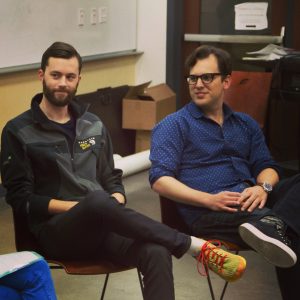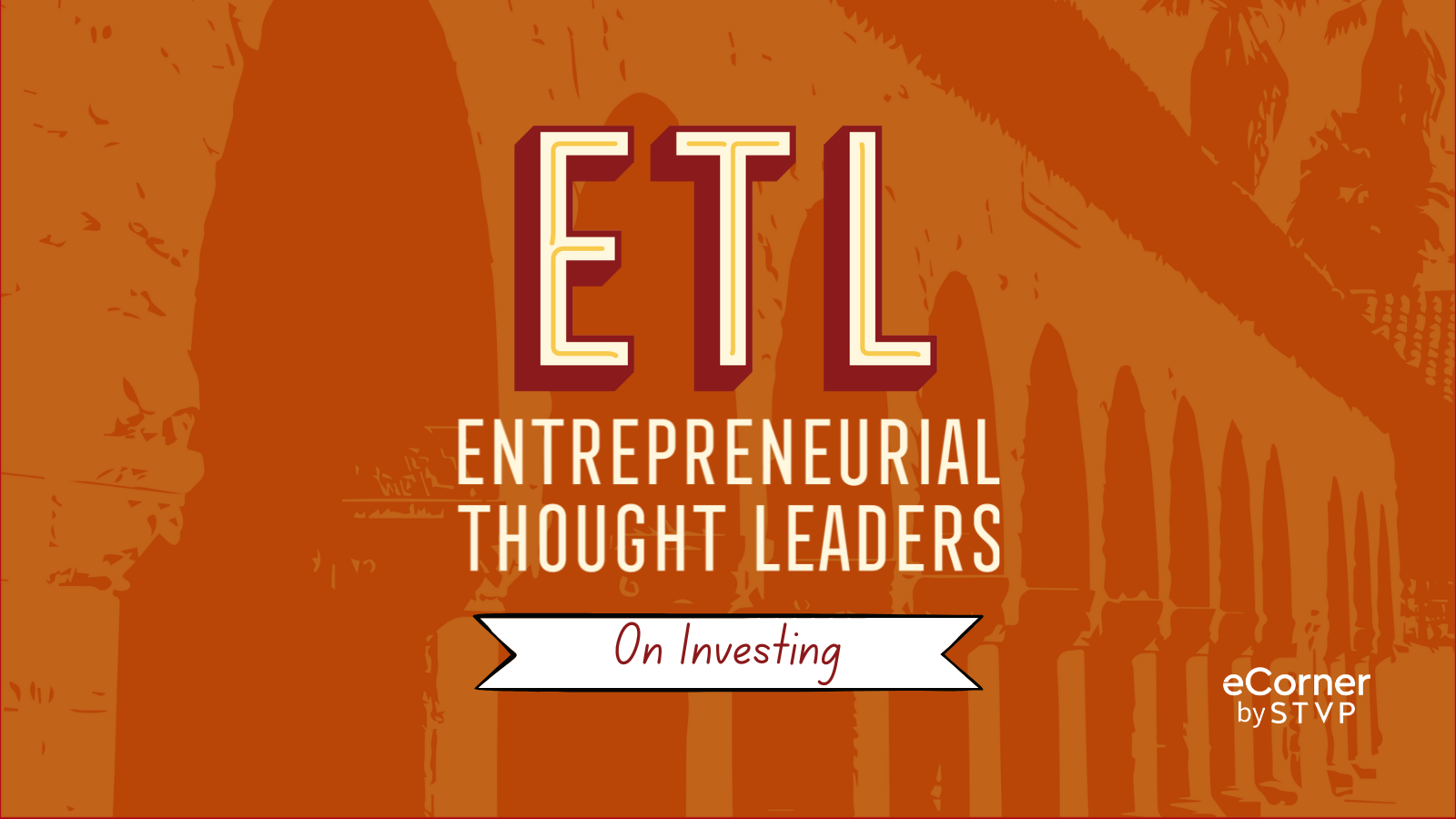Show and Tell at Sparks Class on ‘Thunderlizards’
Rare beasts, “thunderlizards” are companies that exit the startup phase at greater than $500 million — at least in the vernacular of venture capitalists. Each year, 4,000 to 5,000 companies are funded at the seed stage. Only 15 to 20 become true thunderlizards.
“Startups is a business of exceptionalism,” stated Ann Miura-Ko, co-founder of venture capital firm Floodgate and instructor of the STVP “Spark” titled “Giving Rise to Thunderlizards: What legendary companies look like before they make it big.”
Miura-Ko, a lecturer in Stanford’s Department of Management Science & Engineering, invited Instagram Co-Founder Mike Krieger to the extracurricular, pop-up class in late January to discuss the thunderlizard that he let loose with fellow co-founder Kevin Systrom.

“When I was seventeen, I wanted to be a crime-beat journalist,” said Krieger. That passion led him to create Instagram — an app, as stated on Instagram’s website — to “capture and share the world’s moments.”
After graduating from Stanford with a degree in symbolic systems, Krieger was working on his Crime Scene SF app when he connected with Systrom, a fellow alumnus, who was working on his own app, Burbn. The two weren’t sure they could work together, but they decided to give it a try. After a few days, they decided they made a compatible team.
Burbn was the precursor to Instagram, but the technology was “a bit janky,” said Krieger. “People were uploading videos and photos nonetheless.” This and the fact that one user — Chantel — “was completely obsessed with Burbn” proved viability. The next step was to seek investors.
Recognizing that Krieger and Systrom were doing something the digital world hadn’t seen before, investors became interested, especially because the app was mobile and local.
But right when Krieger, a native of São Paulo, Brazil, received his visa to stay in the United States and quit his job to work on Burbn full time, Systrom announced that he didn’t think Burbn would set the world on fire. “We knew what we wanted to be, we just had a lot of doubt about how to get there.”
They crystalized their vision. “We wanted a fast, beautiful and fun way for people to share their lives with friends and family. And we knew we wanted to keep it simple.” With that idea in mind, they developed a product that would allow users to snap a photo with a mobile phone, then choose a filter to transform the image into a memory to keep around forever.
Today, Krieger and Systrom enjoy Instagram’s position inside Facebook, and continue to focus on product and staying competitive.



